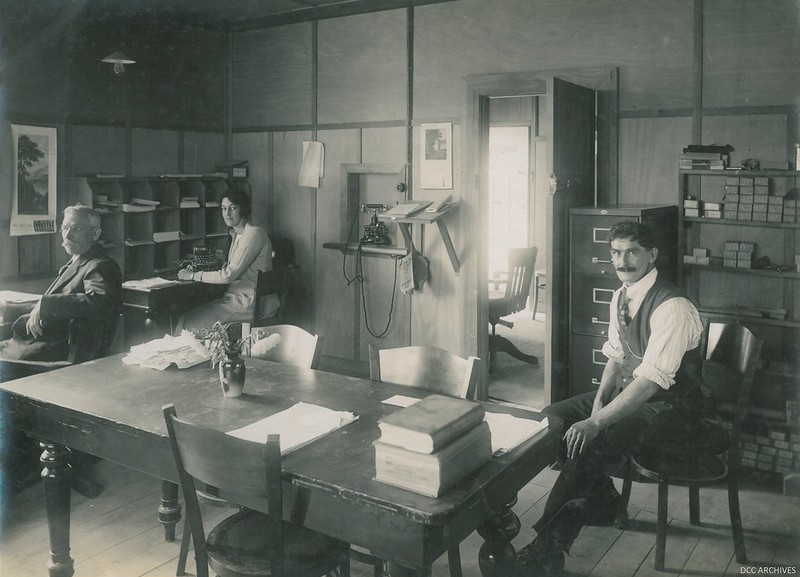The dreaded annual performance review has been a staple of workplaces for decades.
Where did this practice originate? And why is it ripe for disruption by continuous feedback models?
Let's explore the past, present and future of performance management.
The Rise of Annual Reviews
Annual appraisals emerged in the early 20th century as a standardized process for evaluating employee performance.
The industrial economy prized efficiency, scale and top-down control.
Once a year reviews helped large corporations make promotion, compensation and termination decisions en masse. Forms and point systems aimed to add consistency and objectivity.
This auditing approach remained entrenched through the mid-1900s. However, cracks began to emerge as the nature of work transformed.
Shortcomings of Annual Reviews
Annual reviews fail to reflect the dynamic realities of today's workplace. Once-a-year feedback feels too retrospective, too disconnected from daily work.
Tension arises around single high-stakes meetings. Shortcomings like recency bias and halo effects creep in. Development needs go unaddressed for months.
Perhaps most critically, annual appraisals clash with the pace of business itself.
Goals and roles change rapidly, but the review cycle remains static.
The Shift Towards Continuous Feedback
In recent decades a new paradigm has emerged valuing continuous feedback and development.
New models emphasize:
- More frequent, bidirectional feedback instead of top-down yearly appraisals
- Personalized coaching tailored to unique growth needs
- Goal-setting as an ongoing process, not an annual exercise
- Development focused on skills and competencies rather than static job descriptions
With the explosion of remote and hybrid work, real-time feedback is now a necessity for alignment, not a luxury.
The Future of Performance Management
Annual reviews served large hierarchical corporations well for many decades. But the world of work has fundamentally changed.
Dynamic teams need dynamic feedback. The future points clearly toward continuous performance management centered on growth and agility.
If you're ready to change your team's approach and to move towards a more continuous review practice, check out the awesome stuff we're doing here, at WorkStory.





